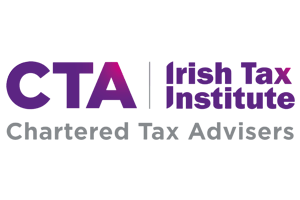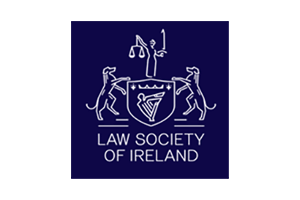This article was published in the Davy Probate & Trust Services Newsletter by Davy Private Clients on March 2014 and is reproduced with their kind permission.
ASSET PROTECTION - The Challenges
Traditionally succession planning and asset protection have gone hand in hand. Assets are built up by a person who then becomes concerned to maintain those assets and pass them on tax efficiently to the next generation. In recent years, the concept of asset protection has become a synonym for creditor protection and typically discretionary trusts have been put in place seeking to put the assets beyond the reach of creditors despite the taxes that may arise on the creation or ongoing administration of such a trust. Creditors are now challenging these structures where there is opportunity to do so. A creditor can seek to include in a debtor’s estate such assets as the debtor set aside ineffectively into a trust during his lifetime.
The creditor usually claims against the assets already transferred by stating either that:
- the settlor retained a beneficial interest (a ‘sham trust’ argument); or
- the transaction creating the trust can be set aside in whole or in part because it was a fraud on creditors or made within a particular time frame.
In a successful claim by the creditor the transfer into the trust can be reversed and the assets in the trust can be taken to satisfy judgment in the creditor’s favour.
The following legal bases can assist the creditor in challenging the asset protection structure:
· General law of sham - If a discretionary trust is created that appears to be one of substance but subsequently it is found to be a sham, it is treated as a bare trust so that the equitable ownership and control remains in the settlor and the trust assets are then available to the settlor’s creditors.
· Bankruptcy Act 1988 (as amended)
o if the transferor of assets at an undervalue becomes unable to meet his debts as they fall due within 3 years of the transfer, the transfer can be set aside without any proof required as to the transferor’s solvency at the time of the transfer.
o if the transferor of assets at an undervalue becomes unable to meet his debts as they fall due between 3 to 5 years of the transfer, the transfer can be set aside if the creditor proves that the transferor was in fact unable to meet his debts without recourse to the property transferred at the time of the transfer.
· Land & Conveyancing Law Reform Act 2009 - where there is a conveyance of property made to a third party with the intent to delay, hinder or defraud creditors and others of their just and lawful debts, rights and remedies, such a conveyance is voidable by any person prejudiced unless the conveyance is bona fide for full consideration to a person not having notice or knowledge of the intended fraud.
· National Asset Management Agency (‘NAMA’) Act 2009- if the effect of the transfer was to defeat, delay or hinder the acquisition by NAMA of an eligible bank asset or to impair the value of an eligible bank asset or any rights that NAMA would have acquired or increased a liability or obligation, then the Court can declare the disposition to be void if in the Court’s opinion it is just and equitable to do so.
· Personal Insolvency Act 2012 - While the reform of the insolvency rules in this recent legislation might give some relief to the debtor, a creditor can challenge an arrangement if assets were transferred by the debtor within 3 years of applying for relief where the transfer had materially contributed to the debtor’s inability to pay his debts or if the creditor can show that the debtor has within the previous 2 years arranged his financial affairs primarily with a view to becoming eligible to apply for relief.To apply for relief under this legislation, the debtor must show good faith at all times and submit to the Personal Insolvency Practitioner a Prescribed Financial Statement for the purposes of assessing his financial position.
When advising a client on how to set up a trust to provide for succession planning or general asset protection planning, the practitioner should ensure that the client is aware of the potential challenges that can be made to such a structure so that the client is aware of the limits to the protection afforded before he undertakes any transfer into a trust. The transfer itself can trigger taxes which might not be refunded if the trust is unwound later by a creditor and so the full cost of the structure should be laid out for the client to ensure it is the most suitable structure for his/her requirements.
March 2014
Aileen Keogan
Solicitor & Tax Consultant
© 2014 Aileen Keogan All rights reserved.[1]
Disclaimer The material contained in this paper is for general information purposes only. While every care has been taken to ensure that the information in this paper and related slides is accurate and up to date, you should seek specific legal and/or taxation advice in relation to any decision or course of action.


